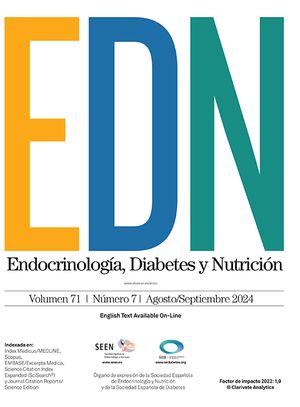El objetivo de la insulinización actual es mimetizar tanto la secreción basal como la secreción prandial de insulina. La insulina regular humana ha sido usada durante años para el control prandial de los pacientes con diabetes tipo 2 (DM2); sin embargo, su perfil nunca se ha considerado óptimo. La insulina aspart, por su perfil más fisiológico, ha venido sustituyendo el régimen prandial de los pacientes con DM2 en vez de la insulina regular; sin embargo, los beneficios no están del todo claros. Aunque la insulina aspart no ha demostrado descensos significativos en HbA1c, sí ha demostrado, aunque no de manera consistente, mejorar el perfil de glucemia posprandial y, al menos en poblaciones concretas, reducir la incidencia de hipoglucemias nocturnas y graves, lo cual cobra importancia en pacientes con alto riesgo de hipoglucemias.
Current insulin therapy aims to mimic both basal and prandial physiological hormone secretion to achieve near-normal glycemia. Regular human insulin has been used for years for glycemic control in type 2 diabetes mellitus (DM-2). However, its pharmacokinetic and pharmacodynamic profiles have never been considered optimal. Due to its more physiological profile, insulin aspart has gradually been substituting regular human insulin in patients with DM-2 but there is ongoing debate concerning its efficacy and safety in these patients. Although insulin aspart has not been shown to produce significant decreases in HbA1c, some – but not all – studies have reported that this drug has beneficial effects in reducing postprandial hyperglycemia. Furthermore, at least in specific populations, insulin aspart may reduce the incidence of nocturnal hypoglycemic episodes and severe hypoglycemic episodes, a finding of importance in high-risk patients.




